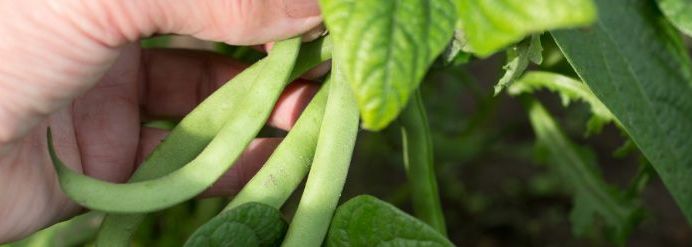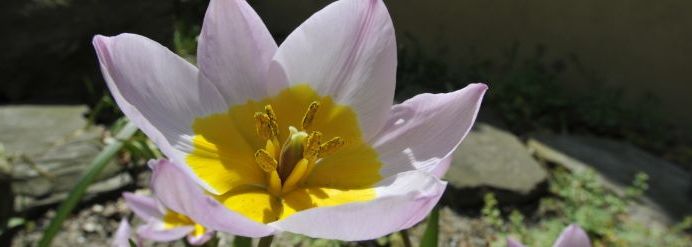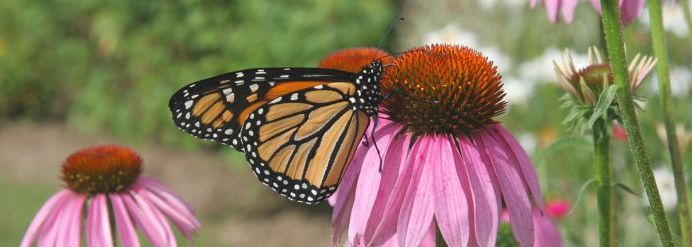Many people choose to add green beans to their home garden. Whether you’re a seasoned gardener growing for your local farmers market or someone interested in creating a backyard garden, you may encounter challenges when growing these crisp and fresh legumes. If you've noticed your green bean plants looking less than stellar, fear not! In this guide, we'll explore some common issues that can affect green bean plants and give you practical solutions to get your garden back on track!
Yellowing leaves
One of the most common problems gardeners encounter with green beans is yellowing leaves. This can be caused by a variety of factors, including nutrient deficiencies, overwatering or pests such as aphids or spider mites.
Solution: To address this issue, first assess your plants' watering schedule and adjust as needed to ensure they're not being overwatered. Consider applying a balanced fertilizer to replenish any missing nutrients in the soil.
Poor growth and stunted plants
If your green bean plants are failing to thrive and appear stunted, it may be due to inadequate sunlight, compacted soil or poor drainage. Green beans require full sun to reach their full potential.
Solution: Ensure they're planted in a location that receives at least 6-8 hours of sunlight per day. Loosen compacted soil around the root zone and incorporate organic matter to improve soil structure and drainage.
Pest infestations
Green beans are susceptible to a variety of pests, including aphids, bean beetles and caterpillars, which can damage foliage and reduce yields.
Solution: To combat pest infestations, inspect your plants regularly for signs of damage and pests and take appropriate action to control them. This may include handpicking pests, applying insecticidal soap or neem oil or introducing beneficial insects such as ladybugs or lacewings to the garden.
Fungal diseases
Fungal diseases such as powdery mildew and bacterial blight can also affect green bean plants, causing leaf discoloration, wilting and reduced yields.
Solution: You’ll want to avoid overhead watering, which can promote moisture buildup on foliage, and ensure proper spacing between plants to promote air circulation. If fungal diseases do occur, remove and dispose of infected plant material promptly and consider applying a fungicide labeled for use on beans.
Poor pollination
Inadequate pollination can result in misshapen or underdeveloped beans.
Solution: To encourage pollination, plant flowers nearby to attract pollinators such as bees and butterflies, and avoid using pesticides that may harm beneficial insects. You can also gently shake the plants to help distribute pollen or hand-pollinate flowers using a small brush.
Shop at your local farmers market
With a little attention and care, you'll be enjoying a healthy and productive harvest of delicious green beans in no time! Remember to monitor your plants regularly, provide appropriate care and be proactive in addressing any problems that arise. Some of our produce vendors provide our local farmers market with fresh green beans; you can buy from them or ask them questions about how they’re so successful!















